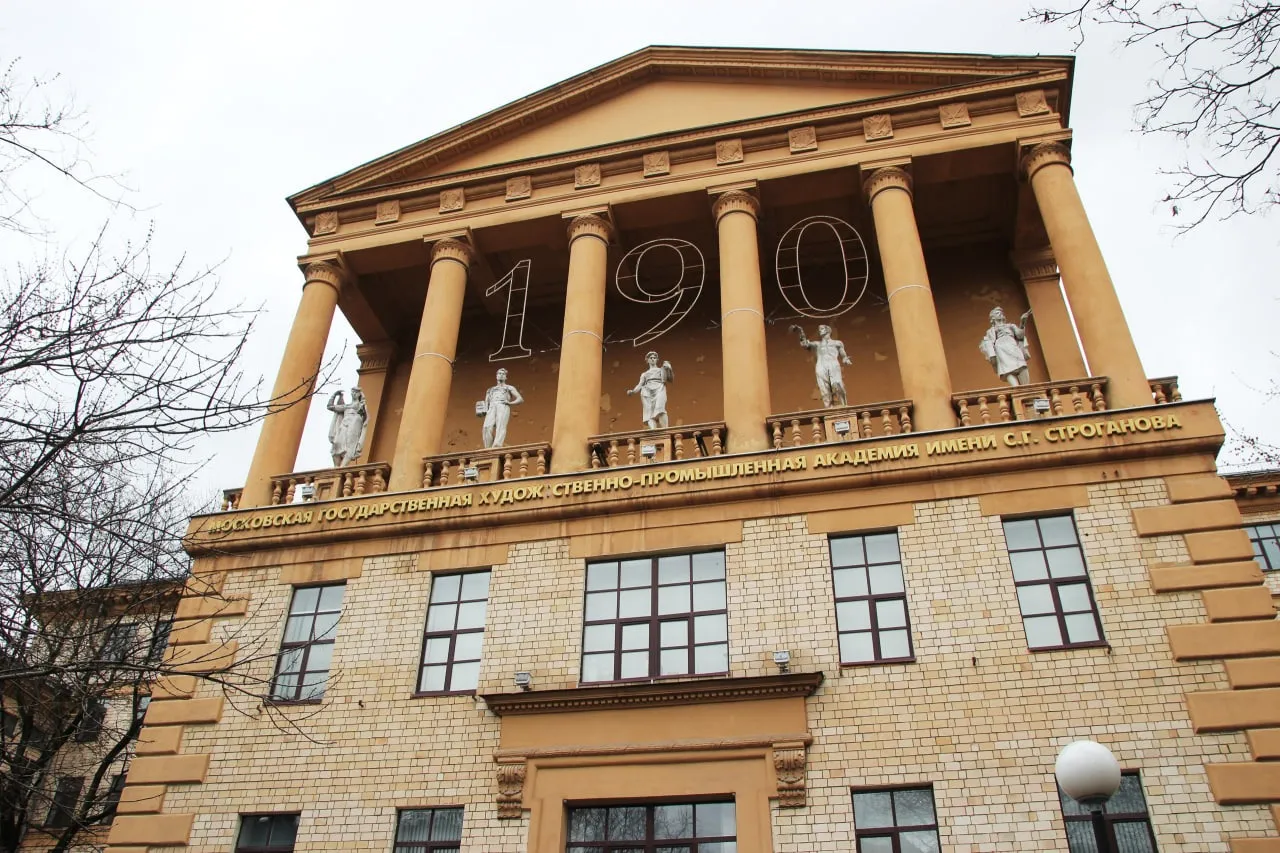
A meeting with Professor Kirill Gavrilin, Head of the Department of History of Art and Humanities at the Stroganov Moscow State Academy of Arts and Industry, was held in the office of the World Society. The search and identification of artifacts related to Uzbekistan took several months.
"I sincerely thank the World Society for the invitation to participate in the 6th Congress, which was held last summer in Samarkand. Not only for the opportunity I had to acquaint myself with leading orientalists from all over the world, but also for the deep and systematic work carried out by the office of the Cultural Legacy of Uzbekistan in World Collections project on the search, identification and publication of objects of cultural and historical legacy from Uzbekistan. Following a request by the World Society, we have conducted research into the collections of the Stroganov Moscow State Academy of Arts and Industry and found out that we have more than 200 items of cultural legacy from Uzbekistan! Architectural ceramics from Uzbekistan, apparently from the collection of Alexei Filippov, a famous early 20th-century artist, ceramist, technologist and restorer, who began collecting Uzbek ceramics, according to diaries, as far back as the time of Nicholas II, comprises the largest portion of the academy's collection. The architectural ceramics have been discovered quite recently and are represented not only by examples of applied art dated to the early 20th century, but also by ceramics made in the 1960s and 1970s and brought to Moscow during student expeditions," said Professor K. Gavrilin.
Thanks to the initiative of the World Society for the Study, Preservation and Popularization of the Cultural Legacy of Uzbekistan, the academy specialists conducted thorough research and discovered truly unique objects of the cultural legacy of Uzbekistan. The collection includes metal items, examples of folk ceramics and wooden articles from Khorezm, all of which have remained unstudied for a long time. Individual items are also stored in the academy's branch – the Kalinin School – where all masters in decorative art from the countries of the former Soviet Union, including from Uzbekistan, studied. Some of them were brought from the Revolutionary Museum in Khorezm in 1964.
"This collection is represented by wonderful columns, doors, ceramics and porcelain, which was created for the Central Asian market. There are also paintings by artists who were evacuated during World War II to Uzbekistan. Some paintings, perhaps, represent already lost legacy and are the most important source that we will include in our research. Another collection that we are studying as part of a joint project by the World Society is the State Central Museum of Contemporary History of Russia in the Pushkin Square. There are a lot of Uzbek things in this collection, including top-level gifts, items that were sent to international exhibitions, the best paintings by the Uzbek artists of the 1930-1950s and many more. This collection is represented by first-class things created by the best masters of Uzbekistan," emphasized Professor K. Gavrilin.
The project is sponsored by the oilfield service company Eriell Group. The author and manager of the project is Firdavs Abdukhalikov.
